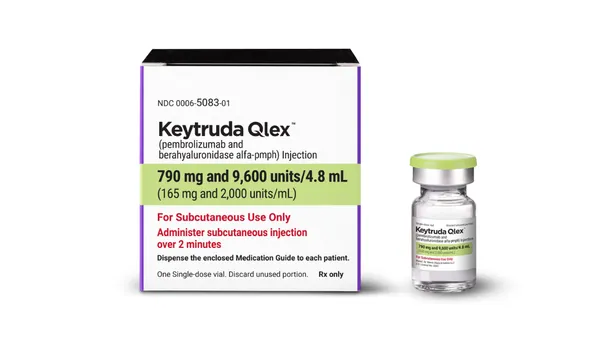Pharmaceutical manufacturers spent more in 2003 on new technology in most areas and less on maintaining existing technology than other manufacturing verticals, according to AMR Research. This is to be expected as many move to packaged or Web-based applications. Investments in databases, physical infrastructure, security, the Internet, Web-based electronic data interchange (EDI), and training reflect the focus on the initial stages of infrastructure and data consolidation in pharmaceuticals. But, according to AMR Research, 2004 priorities have changed to reflect emerging business drivers: • Although not a budget priority in 2003, 2004 shows 20% of pharmaceutical manufacturers are prioritizing enterprise application integration (EAI) investments compared with 13% of all manufacturing. This reflects a business priority to integrate fragmented islands of information and departments across the business to improve customer-facing product supply and the new product development and introduction process. • Wireless technology is high on the priority list for 2004, at 20% of investments as compared with 11% of all manufacturing. Contrast this with the fact that this technology was not even in the top five in 2003. • Web services, Internet/Web-based EDI, and data warehousing have decreased as investment priorities, indicating that the database and data consolidation infrastructure is in place. • IT budget investments will reflect an increase in business analytics and business intelligence as enterprise performance management (EPM) strategies evolve to support productivity goals and decision making. • The combination of enterprise resource planning (ERP), supply chain management (SCM), and desktop applications will constitute the majority of the software budget. Expect to see data synchronization and segmented channel-management strategies evolve as manufacturers focus on demand-driven supply network (DDSN) strategies to increase customer-service levels and perfect order performance. According to Ron Calderone, chief information officer at Reliant Pharmaceuticals LLC, it is important that companies have a larger vision of where a data-integration initiative is going, be able to describe that vision, and stick to that vision. “A company can get there in small steps, but there needs to be an understanding that information is corporate information and not individual silo information,” he says. “CIOs need to translate what a technology means to the business and show how those data have a broader use than what was originally envisioned.” The pharmaceutical industry was among the first to implement portions of ERP, but it has been slow to capitalize on the evolving product because of regulatory compliance challenges. To reduce costs and support business consolidation, manufacturers are focusing on ERP consolidation and data harmonization projects to standardize business processes and improve collaboration. “Developing and bringing a single drug to market is frequently quoted as an $800 million undertaking,” says Tom Moran, VP of business development at NCS Technologies. “But when you peel back the layers of that $800 million, it has less to do with the activities that directly map to getting that single drug to market and more to do with recovering the collective costs of portfolio R&D and the inefficiencies that exist inside the life-sciences and pharmaceutical industry. It doesn’t take $800 million to get a drug to market; it averages $800 million, per successful product, to pay for all the productive failures and counterproductive inefficiencies that have come before and are expected to come after, the specific drug reaches market.” Taren Grom Editor
An article from











